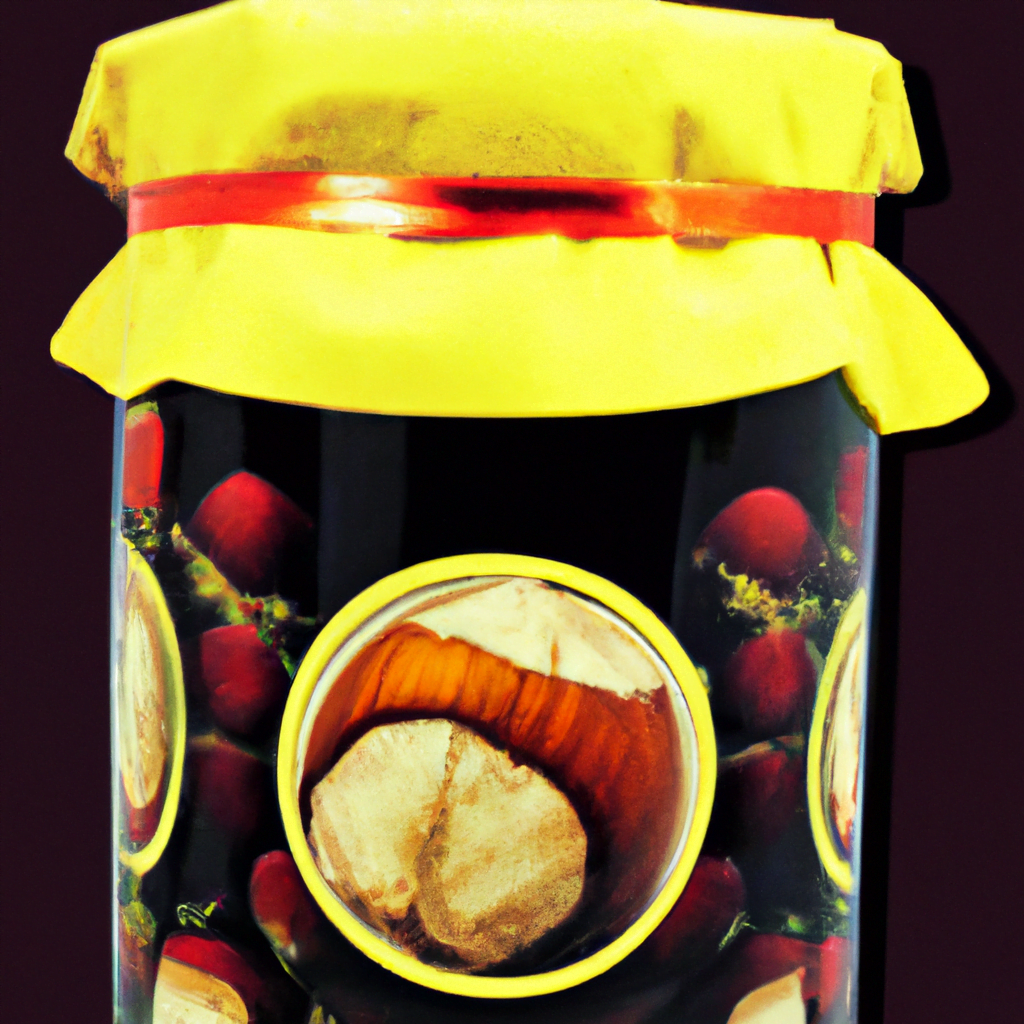
Packaging Design for Artisanal Products: A Guide to Creating a Memorable Brand Identity

Introduction
Artisanal products are becoming increasingly popular among consumers who are looking for unique, high-quality, and locally sourced goods. From craft beer to handmade soap, artisanal products offer a level of authenticity and craftsmanship that mass-produced products simply cannot match. However, with so many artisanal products on the market, it can be challenging for small businesses to stand out and attract customers. One of the most effective ways to differentiate your brand is through packaging design. In this article, we will explore the importance of packaging design for artisanal products and provide tips for creating a memorable brand identity.
The Importance of Packaging Design for Artisanal Products
Packaging design is more than just a way to protect and transport your products. It is an essential component of your brand identity and can influence how customers perceive your products. In fact, studies have shown that packaging design can have a significant impact on consumer behavior. According to a survey by Packaging Digest, 72% of consumers say that packaging design can influence their purchasing decisions.
For artisanal products, packaging design is even more critical. Artisanal products are often sold in specialty stores or farmers’ markets, where they are displayed alongside other handmade goods. In this environment, packaging design can be the difference between a customer choosing your product or your competitor’s. A well-designed package can communicate the quality, authenticity, and uniqueness of your product, while a poorly designed package can make your product look cheap or unappealing.
Key Elements of Packaging Design for Artisanal Products
When designing packaging for artisanal products, there are several key elements to consider. These include:
1. Brand Identity
Your packaging should reflect your brand identity and communicate your values to customers. This includes your logo, color scheme, and typography. Your packaging should be consistent with your other marketing materials, such as your website and social media profiles.
2. Product Information
Your packaging should clearly communicate what your product is and what makes it unique. This includes the product name, ingredients, and any certifications or awards your product has received. Providing this information can help build trust with customers and differentiate your product from others on the market.
3. Materials
The materials you choose for your packaging can also communicate the quality and authenticity of your product. For example, using recycled or biodegradable materials can appeal to environmentally conscious consumers. Using high-quality materials, such as glass or metal, can communicate the premium nature of your product.
4. Design Elements
The design elements of your packaging, such as graphics and illustrations, can also play a role in communicating your brand identity and product uniqueness. For example, using hand-drawn illustrations can communicate the handmade nature of your product, while using bold colors can make your product stand out on the shelf.
Examples of Effective Packaging Design for Artisanal Products
To illustrate the importance of packaging design for artisanal products, let’s take a look at some examples of effective packaging design.
1. Mast Brothers Chocolate
Mast Brothers Chocolate is a small-batch chocolate maker based in Brooklyn, New York. Their packaging design is simple yet elegant, with a minimalist design that emphasizes the quality of their chocolate. The packaging features a hand-drawn illustration of a cacao pod, which communicates the handmade nature of their product. The use of high-quality paper and foil stamping also communicates the premium nature of their chocolate.
2. Brooklyn Gin
Brooklyn Gin is a craft gin maker based in Brooklyn, New York. Their packaging design is bold and eye-catching, with a bright blue label that stands out on the shelf. The label features a hand-drawn illustration of the Brooklyn Bridge, which communicates the local and artisanal nature of their product. The use of a cork stopper and wax seal also communicates the premium nature of their gin.
3. Beekman 1802 Soap
Beekman 1802 is a farm-to-skin beauty brand based in Sharon Springs, New York. Their packaging design is rustic and charming, with a hand-drawn illustration of their farm on the label. The use of recycled paper and a simple kraft paper label communicates the natural and sustainable nature of their products.
Tips for Creating Effective Packaging Design for Artisanal Products
Now that we’ve seen some examples of effective packaging design for artisanal products, let’s explore some tips for creating your own memorable brand identity.
1. Know Your Audience
Before you start designing your packaging, it’s essential to understand your target audience. Who are your ideal customers, and what are their values and preferences? Understanding your audience can help you create packaging that resonates with them and communicates the unique benefits of your product.
2. Keep It Simple
When it comes to packaging design, less is often more. A simple, clean design can communicate the quality and authenticity of your product without overwhelming customers. Avoid cluttered designs or too much text, which can make your product look cheap or confusing.
3. Use High-Quality Materials
The materials you choose for your packaging can communicate the quality and authenticity of your product. Consider using recycled or biodegradable materials to appeal to environmentally conscious consumers. Using high-quality materials, such as glass or metal, can communicate the premium nature of your product.
4. Be Consistent
Your packaging should be consistent with your brand identity and other marketing materials. This includes your logo, color scheme, and typography. Consistency can help build brand recognition and make your product stand out on the shelf.
5. Be Creative
Finally, don’t be afraid to be creative with your packaging design. Artisanal products offer a unique opportunity to showcase your creativity and stand out from the competition. Consider using hand-drawn illustrations, bold colors, or unique shapes to make your product memorable.
Conclusion
Packaging design is an essential component of your brand identity and can have a significant impact on consumer behavior. For artisanal products, packaging design is even more critical, as it can help differentiate your brand and attract customers in a crowded market. By considering key elements such as brand identity, product information, materials, and design elements, and following tips such as knowing your audience, keeping it simple, using high-quality materials, being consistent, and being creative, you can create a memorable brand identity that communicates the quality, authenticity, and uniqueness of your artisanal products.
